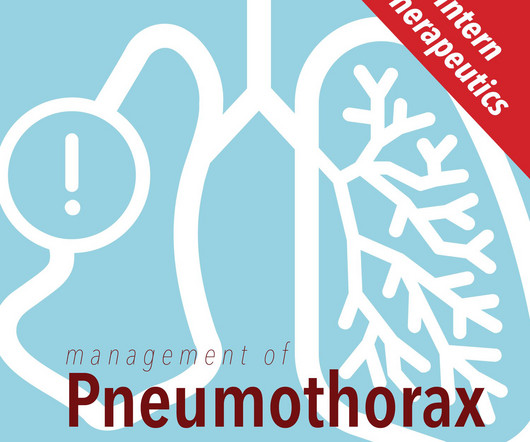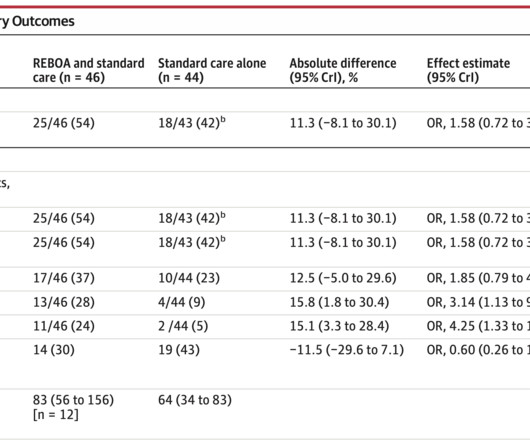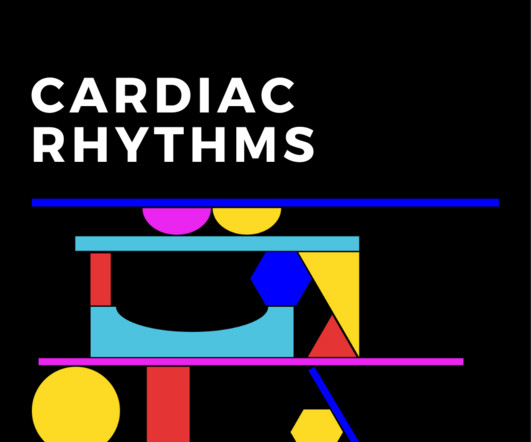SGEM#344: We Will…We Will Cath You – But should We After An OHCA Without ST Elevations?
The Skeptics' Guide to EM
SEPTEMBER 11, 2021
The paramedics achieve return of spontaneous circulation (ROSC) after CPR, advanced cardiac life support (ALCS), and Intubation. She arrives in the emergency department (ED) with decreased level of consciousness and shock. Lemke et al 2019 published a multicentre RCT done in the Netherlands looking at patients without ST se.



















Let's personalize your content